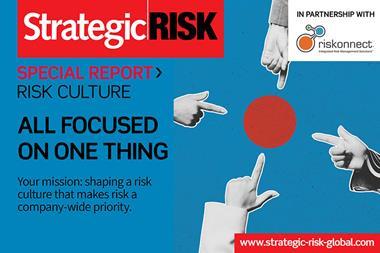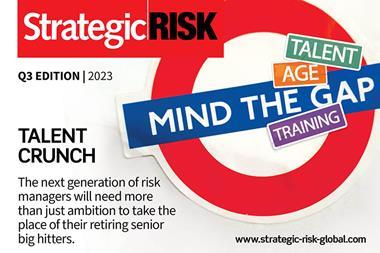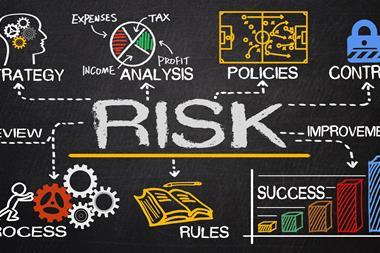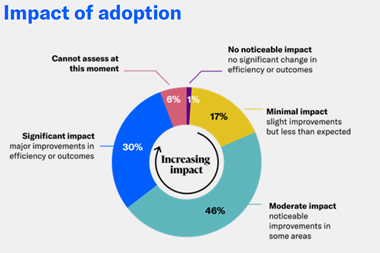As risks become more interconnected, businesses must consider them holistically instead of in isolation. Here’s how to address the risk multiplier effect
Today, 78% of global business leaders believe the risk landscape is shaped more by the connections between risks rather than individual risk factors, new research has found.
BDO surveyed 500 C-suite executives across Europe, MEA, APAC and the Americas for the eighth year running to understand their approach to risk management and how they are responding to global events that threaten their businesses.

The findings show that businesses must embrace new ways of thinking about risk and focus on how multiple risks interact.
Nigel Burbidge, global chair, risk advisory services at BDO, says: “An improved, more proactive approach to risk is particularly timely as businesses continue to operate in a challenging environment.
”Russia’s invasion of Ukraine has intensified, supply chains remain fragile, and cyber criminals are accessing generative AI and other advanced technologies. Also, the 2023 World Meteorological Organisation annual report warns that UN climate goals are becoming more difficult to achieve.”
What does it mean for risk managers?
84% of leaders globally say that risks are becoming more interconnected and more complex as they recognise the ‘risk multiplier effect’.
This risk multiplier effect represents a paradigm shift in risk management. It describes the way different risks intersect with each other and amplify one another.
It is not a new concept, but it has come to the forefront in a world increasingly affected by volatility, uncertainty, complexity and ambiguity.
This perma-crisis environment means businesses need to consider risks holistically, instead of in isolation, to effectively address them.
It also means that risk managers and business leaders must move away from a predominantly preventative approach to focusing on mitigating inevitable risks in an era where change and upheaval are unavoidable and constant.
“It’s time for all companies to think about risks in this more sophisticated way.”
Burbidge says: “As the data shows, many of the largest companies have already embraced this risk multiplier mindset. But it’s time for all companies to think about risks in this more sophisticated way.”
The Global Risk Landscape survey showed that while many leaders recognise the concept and importance of risk multipliers, steps to mitigate the impact of inevitable risks are overlooked.
More than half of the executives said their business was particularly unprepared for cyberattacks, computer crime, hacking, viruses, damage to reputation and brand value, economic slowdown and slow recovery or environmental threats.
Other risk multipliers to be embraced include workforce and climate risks, which intersect with supply chain, economic, brand value and reputational risks.
Organisations need to go beyond traditional risk management approaches and recognise the different lenses that can be applied to multiplier risks.
How to tackle the threats
Managing the impact of multiple and intersecting risks requires embracing them, even when they combine or amplify each other and risk velocity increases.
BDO’s survey shows that a company with a risk officer in a c-suite position is 7.3x more likely to be more risk-welcoming.
”Putting a risk expert in the c-suite gives companies the confidence to embrace new possibilities and grow”
The report also highlights other tactics risk managers can use.
For instance, 56% of those surveyed say they create early warning systems to detect risks spilling into other business areas, while 55% conduct risk assessments that include the multiplier effect.
Burbidge concluded: “It’s important to note that this isn’t just defensive thinking. Another message that emerges clearly from this report is that effective risk management, such as putting a risk expert in the C-suite, gives companies the confidence to embrace new possibilities and grow.
Managing the impact of multiple and intersecting risks requiresembracing them, even when they combine or amplify each other andrisk velocity increases




















No comments yet